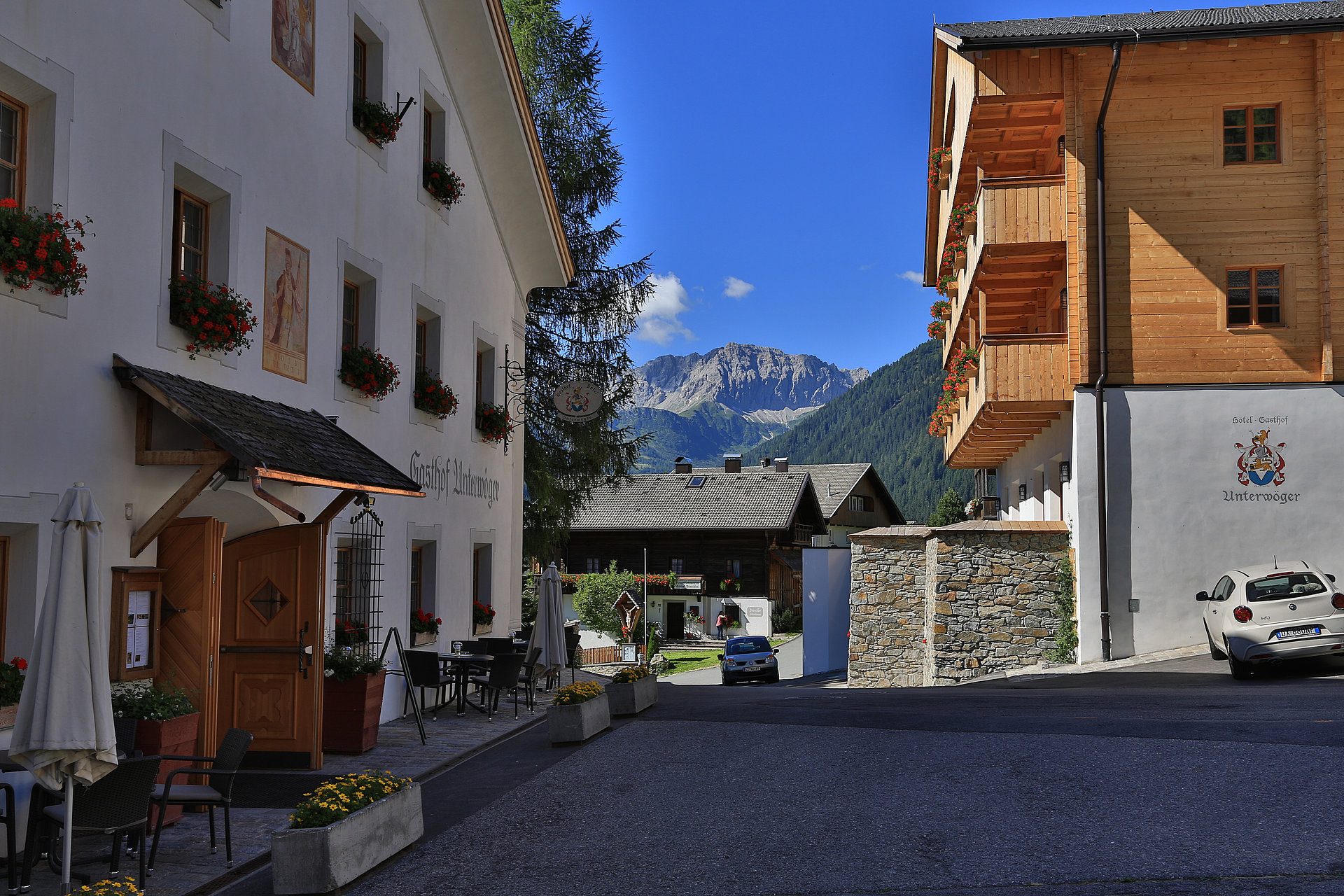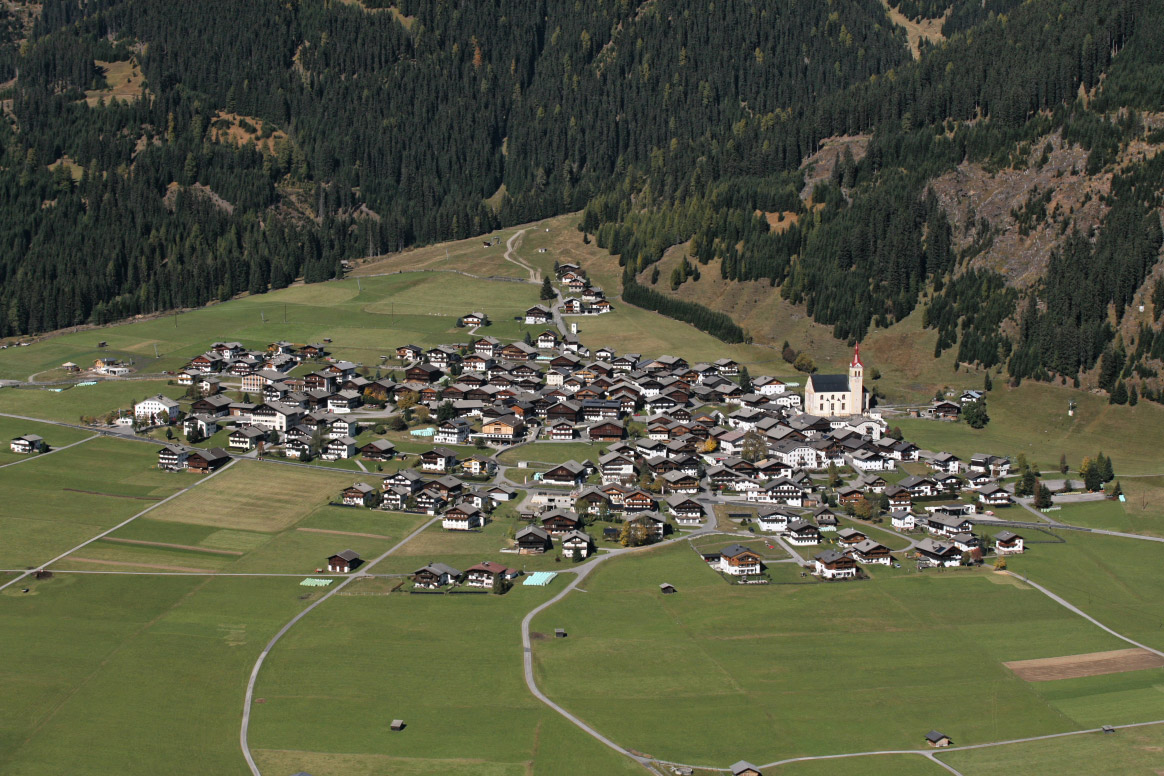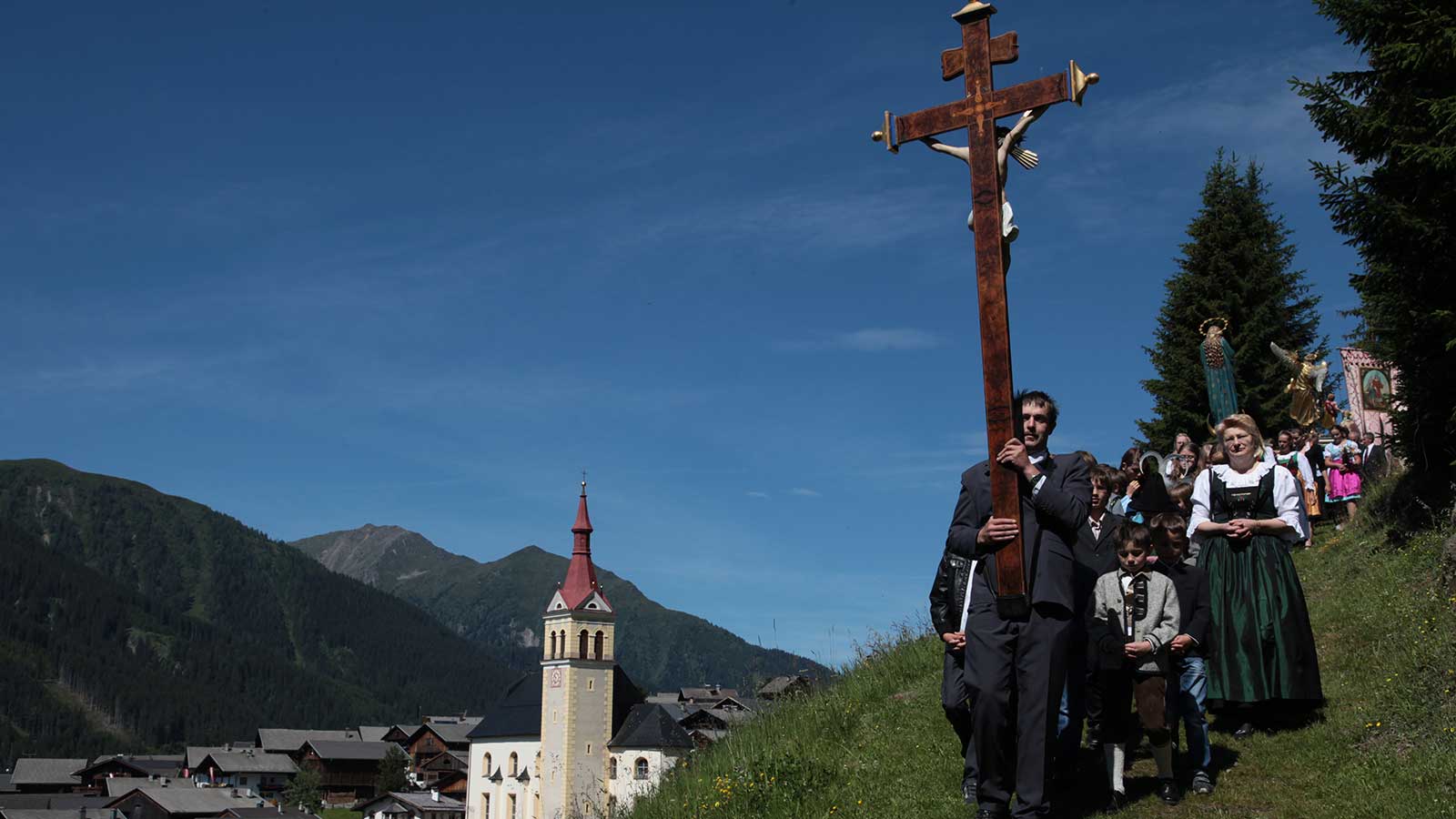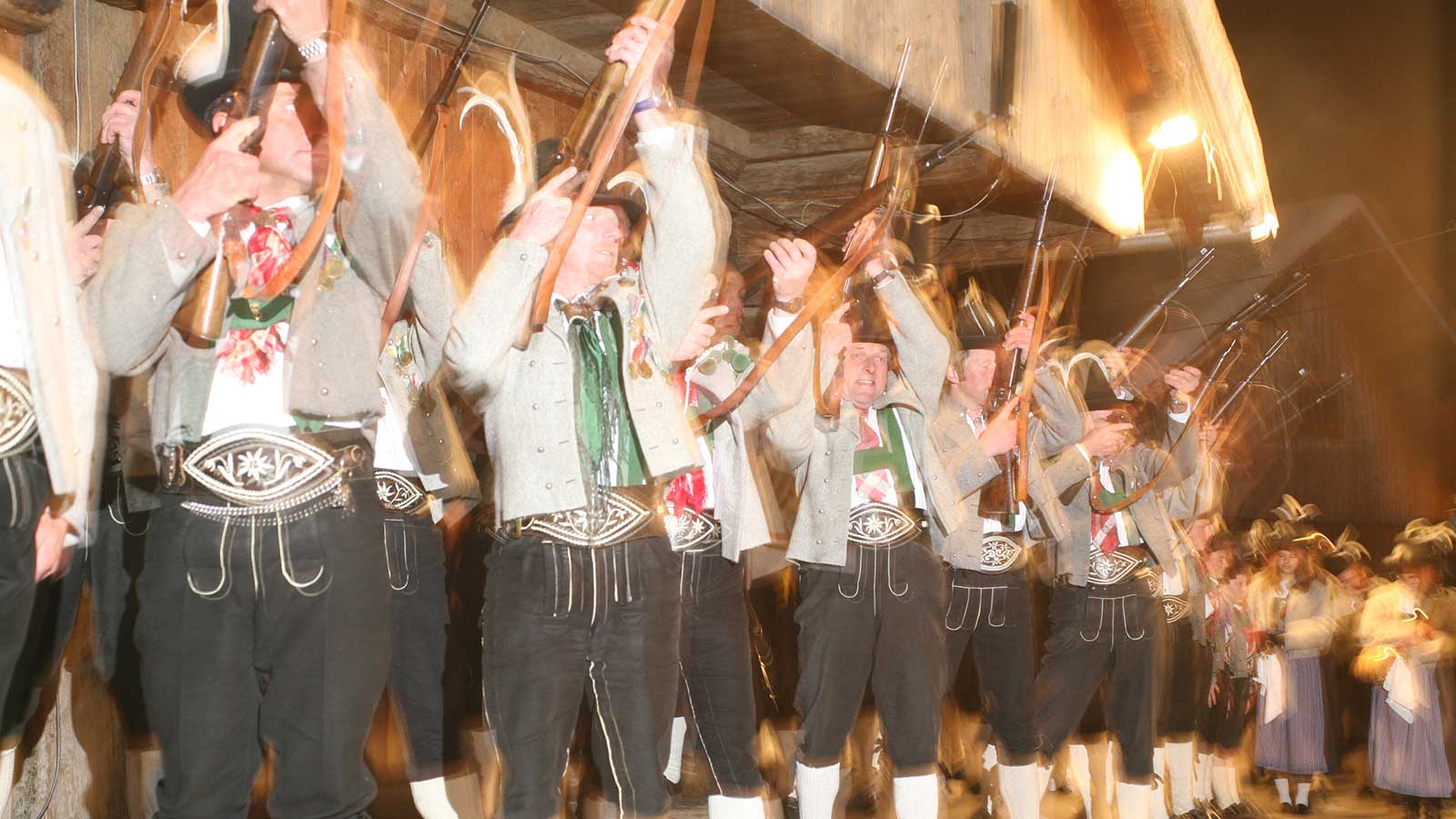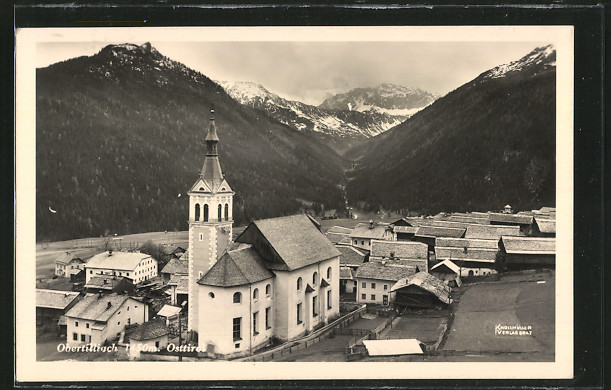
The old place name for Tilliach “Cercinago” gives a reference to the settlement of the area in which Tilliach is located by the Romans. Ancient farm names of Romanesque origin such as Rals, Flatsch (Valatsch), Goll and Kosten support this knowledge. The town of Tilliach is mentioned for the first time in s document, dated in the second half of the 11th century.
According to tradition, the area was originally a horse farm that belonged to the farmers of Cadore, especially those in Comelico. The settlement was mainly by the Bavarians around 600 AD. Their traces can still be seen in the names of many farms. 769 AD the Anraser Berg formed the border between the Slavic and Bavarian settlement areas. The upper catchment area of the Gail, as well as the Kartitscher and Lesach valleys were, among other things, assigned to the San Candido monastery by Duke Tassilo. The diocese of Brixen acquired around 1075 AD. the property in the Obertilliach catchment area through donations.
With the construction of the buildings "Schwaighöfe" on the sunny side of the valley, it was expanded in the 13th century. significantly enlarged. Supposedly around 1375 AD. Silesian emigrants settled there. But there is no historical evidence for this. However, bloody clashes between the residents of Tilliach and the neighboring Cadorians are documented. In order to settle the border disputes with the Republic of Venice and the occupiers of Cadore, the border was moved from the Gail to the Carnic Ridge. 1512 AD The last attack on Obertilliach took place.
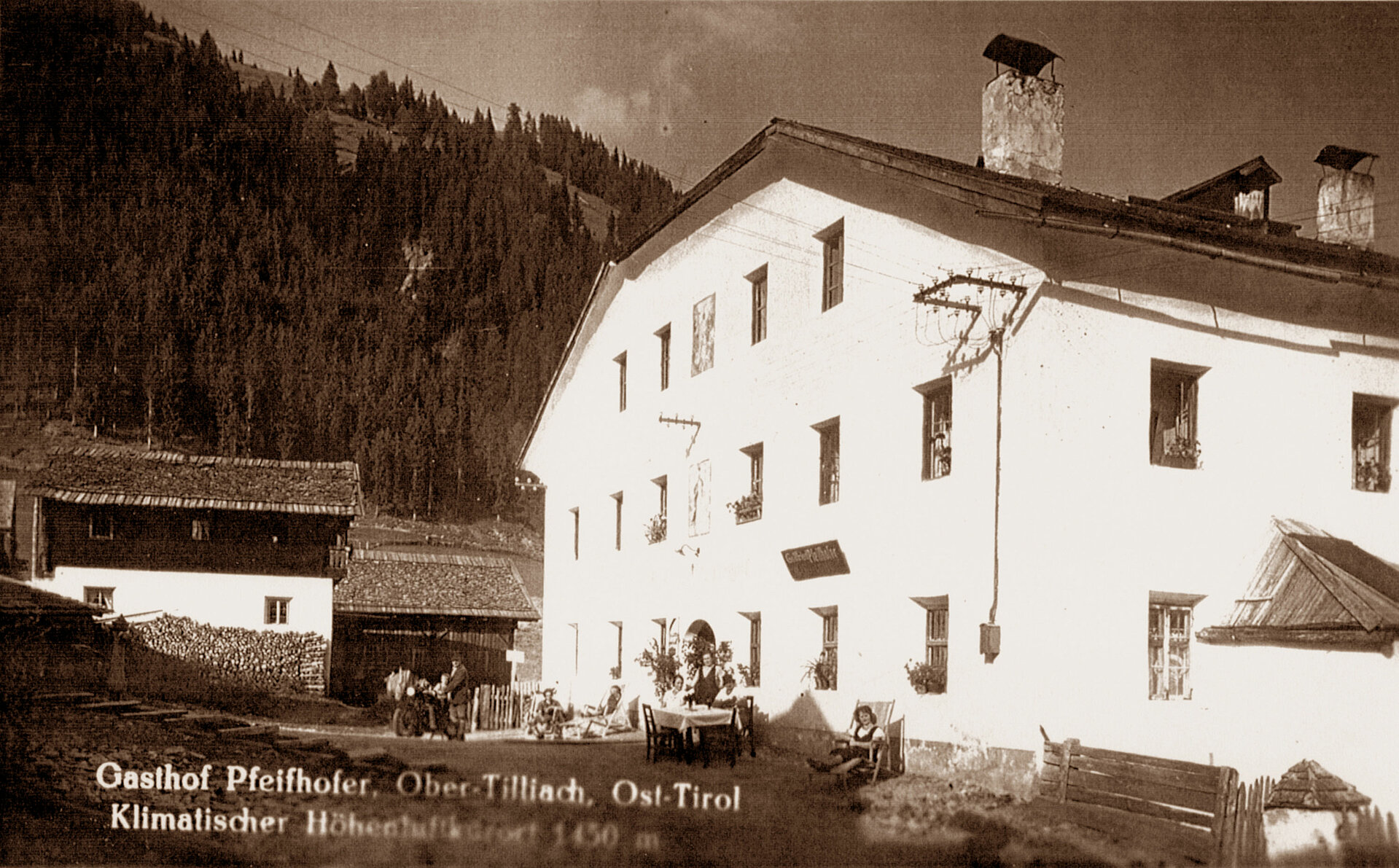
In 1809, the innkeeper Michl Weiler organized a rifle division for the Tyrolean freedom fights against the French and Bavarians. When the French general Ruska, after suffering a defeat in Lienz, looted through the Gailtal with 1.580 soldiers, Ignaz Valtiner - the builder and first innkeeper of the Unterwöger - opposed him with his men.
In 1852 the district administration was brought into being. From then on there was a mayor in the village. Like all communities in East Tyrol, Obertilliach belongs to the Lienz district administration.
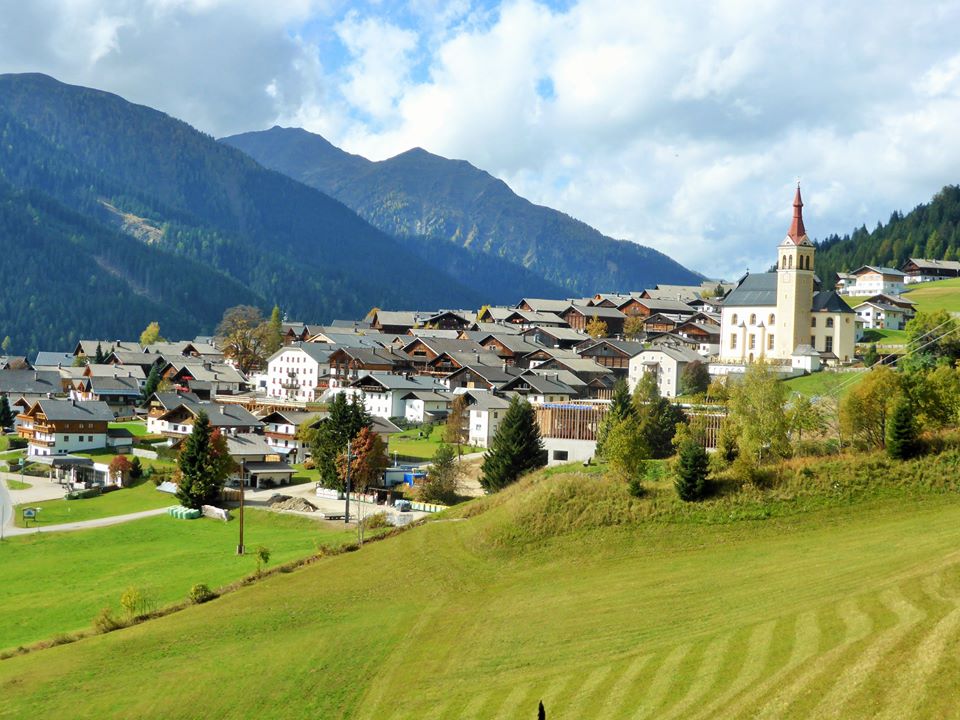
The municipalities were given self-government by the district administration Lienz. From there, democratic elections were also held in the community, namely the local council and their mayor.
During the war years 1915 to 1918, Obertilliach was in great danger. Italian artillery shelled the place from the Porze, but the local riflemen were able to defend the village until regular troops arrived. At that time, the residents vowed to celebrate the “Great Friday of the Sacred Heart” every year on the Friday after the Octave of Corpus Christi. This vow is still kept today.
By resolution of the Tyrolean state government on December 9, 1975, the municipality of Obertilliach was awarded a municipal coat. It shows the Brixen lamb at the top and a lion at the bottom. The municipal coat of arms symbolizes the court administration of Tilliach, which was jointly exercised by the Bishop of Brixen and the Counts of Görz Tyrol (first mentioned in a document in the second half of the 11th century). This coat of arms was presented to the community of Obertilliach in a festive setting on “Great Sacred Heart Friday”, June 25, 1976.

